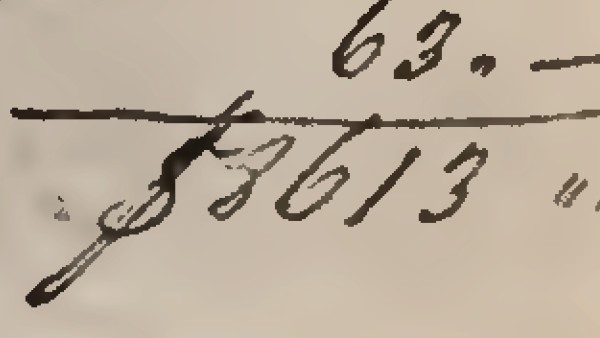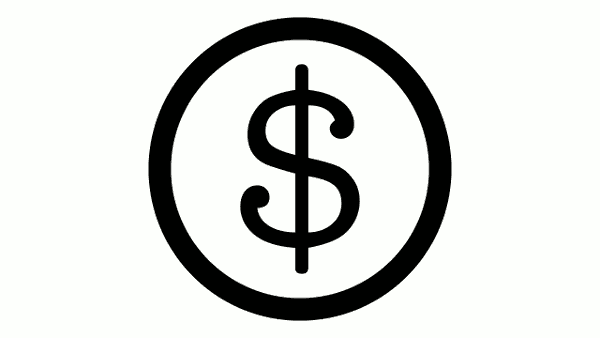Where Does the Dollar Sign Come From?
Get answers to:
- Where does the word dollar come from?
- Who is credited with inventing the $ symbol?
- What is the earliest use of the $ symbol?
Use of the word dollar dates back to the 16th century. It is the anglicized1 form of the German thaler – a silver coin. It was used to refer to many different types of coin of similar value to the thaler – the Spanish Peso was often referred to as the Spanish Dollar and abbreviated as Ps.
However, the origin of the dollar symbol ($) is not precisely known.
In the 1876 edition of Notes and Queries2 it was noted:
“The origin of this sign to represent the dollar has been the cause of much discussion. One writer says it comes from the letters U.S. (United States), which,after the adoption of the Federal Constitution, were prefixed to the Federal currency, and which afterwards, in the hurry of writing, were run into one another, the U being made first and the S over it. Another idea is that it is derived from the contraction of the Spanish word pesos, dollars, or pesos fuertes, hard dollars. A third that it is a contraction of the Spanish fuertes, hard, to distinguish silver, or hard dollars, from paper money. The more probable explanation is that it is a modification of the figures 8 8, formerly Used to denote a piece of eight reals, or, as a dollar was then called, a piece of eight.”
In the December issue of the 1912 Popular Science Monthly3, Professor Florian Cajori4 (1859-1930) did an extensive analysis of the history of the sign. Arguing against the popular origin ideas, he noted:
[A]s a rule the common abbreviations for monetary units used in recent centuries consisted in the initial letter, or that letter and a second one in the word, as M for the German “mark,” fr. for the French “franc,” £ for the English “pound” (libra)
He further noted:
[A]ll three names by which the Spanish dollar was best known, namely the “peso,” “piastre” and “piece of eight,” began with the letter p and all three were pluralized by the use of the letter s. Hence p and ps admirably answered as abbreviations of any of these names.
And concluded that it was accidentally introduced by Oliver Pollock5 (1737-1823) as an unconscious simplification of writing a big flowery P with an s:
The transition from the ps to our modern dollar mark was not made by the Spaniards; it was made by the English-speaking people who came in contact with the Spaniards. … The transition from the florescent p s to our dollar mark … is a change introduced unconsciously, in the effort to simplify the complicated motion of the pen called for in the florescent p s
In other words, Oliver Pollock’s unconscious simplification in writing Ps created the $ symbol.
This can be seen in the lower right corner of this document by Oliver Pollock in 1778:


While Cajori’s explanation is the most widely accepted, it is by no means absolutely definite.
- Anglicized means to “make English”↩
- Notes and Queries, 5th series, volume 6, p.386↩
- Popular Science Monthly, Volume 81, December 1912, p.521↩
- Florian Cajori was a Swiss-American mathematician and historian of mathematics.↩
- Oliver Pollock was an Irish immigrant and successful business man who contributed significant financial support to the American Revolution.↩
